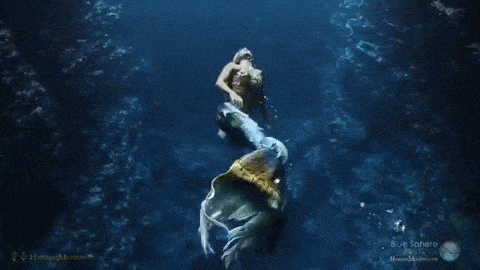Oh hey, remember me? I used to post once a week or so? No? Well, welcome anyway. I hope you stay a while.
Once in a while, a book comes along where the reader says "this was made for me". That's how I feel about Tales from the Loop. Part illustration, part alternative sci-fi centered history, Stålenhag weaves together a rich, detailed tale about a young boy growing up in the 80's in Sweden during a time of futuristic robotic invention.
*click the pictures for a zoomed in view*
The beautifully bound book starts off describing a massive military based physics experiment called The Loop Project. Its history dates back to WWII, when nuclear power became a reality. The author presents the story as fact, citing documents and personal anecdotes in great detail. Every illustration speaks for itself, the text being a delightful hint of context.
Honestly, I would frame any page in this book. The pictures are stunning and the integration of machine and man is so seamless, the reader really does feel that they're peering into author's actual memory of his childhood. Some of the stories border the freaky, the macabre, and even the humorous.
Here's something not many people know about me: as a child, I wanted to grow up and be a robot. Not a person with cybernetic enhancements, mind you; an actual wired up robot. What was I thinking? Of course, Saturday mornings spent watching Gundam Wing didn't help, and in fact helped spark (ha) a lifelong love of all things mecha.
This post is super picture-heavy because the half pages of text that accompany many of the illustrations are such a delight that I don't want to ruin it for you. I'm so impressed by Stålenhag's original designs. It's so easy to design robots and machines that simply look like things that already exist, anything from washing machines to big rigs (looking at you, Transformers). But Stålenhag has managed to create creatures and automatons that I don't think I've ever seen before. What's even more intriguing is that he almost managed to invent the science behind how these machines work. Of course, these theoretical principles are just that, theories, but it actual makes sense how they could operate.
Did I mention he also invented creatures as well? Because he totally did. He straight up invented cybernetic bison boars. Oh, and there's also dinosaurs. Yep. But still, it's all cohesive and somehow manages to make sense. There's also something to be said about a book that makes you feel nostalgic for a time that never really existed.
I'll leave you with what's probably my favorite illustration in the entire book. I absolutely love the potentially prophetic idea of technology failing and nature returning back to it's roots. Literally. We're on the brink of the most influential and complex creations of all humankind and yet without us, without all our wonders of the modern world, the planet would simply go back to what's its always been. Nature was here before us, it will be here after us. But before that, I hope we get to see plenty more of Stålenhag's incredible work.



























